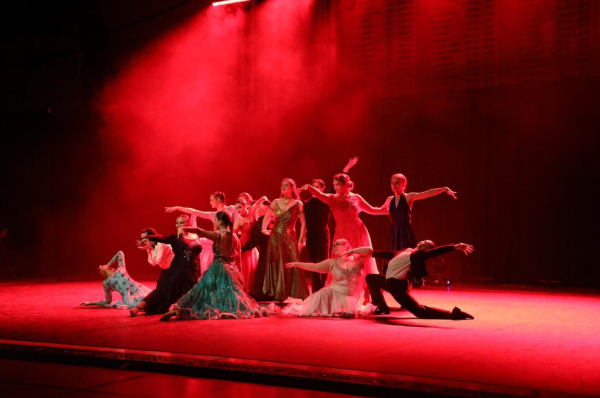This Day in History: First railway opens
Railways, subways, metros, planes, trains, and busses all have revolutionized the way people are able to travel down the street and across the world. The creation of different modes of transportation allowed for people to get to different locations within their lifetimes and in a fraction of the time it would have taken by horse or by foot.
London, England was a revolutionary of their time in the 19th century. During the industrial revolution, England underwent a dramatic change in technology and manufacturing. In 1830, Kent, England became known as the first to have a functioning railway.
On May 3, 1830, the Canterbury and Whitstable Railway opened in Kent, England. Soon after, the Liverpool and Manchester Railway was opened as well. Engineer George Stephenson was the revolutionary creator of this railway.
The Canterbury and Whitstable Railway, running five and three quarters miles, stretches from Canterbury to Whitstable – a small port and fishing town roughly fifty-five miles east of London.
Running on the track were three Stationary Winding Engines. These were steam powered engines that stayed stable in order to pump power into places such as mills, large factories, and of course, the railways. Stationary Winding Engines were first introduced in the eighteenth century and were reengineered in order to be used for a railway power source.
One of the locomotives that drove Englanders around on the tracks was the Invicta – a 0-4-0 Locomotive. Designed by Robert Stephenson and Company, it was the twelfth locomotive machine built by the company. Modified in the late 1830’s, this locomotive is the reason many people were able to travel quickly between distant locations in the nineteenth century. The only downside to the Invicta was that it had to be run on a level set of tracks – it was not able to run up or down hills. Other locomotives and engines were developed to fix this problem and enable people to be able to travel further, through and around mountain ranges.





